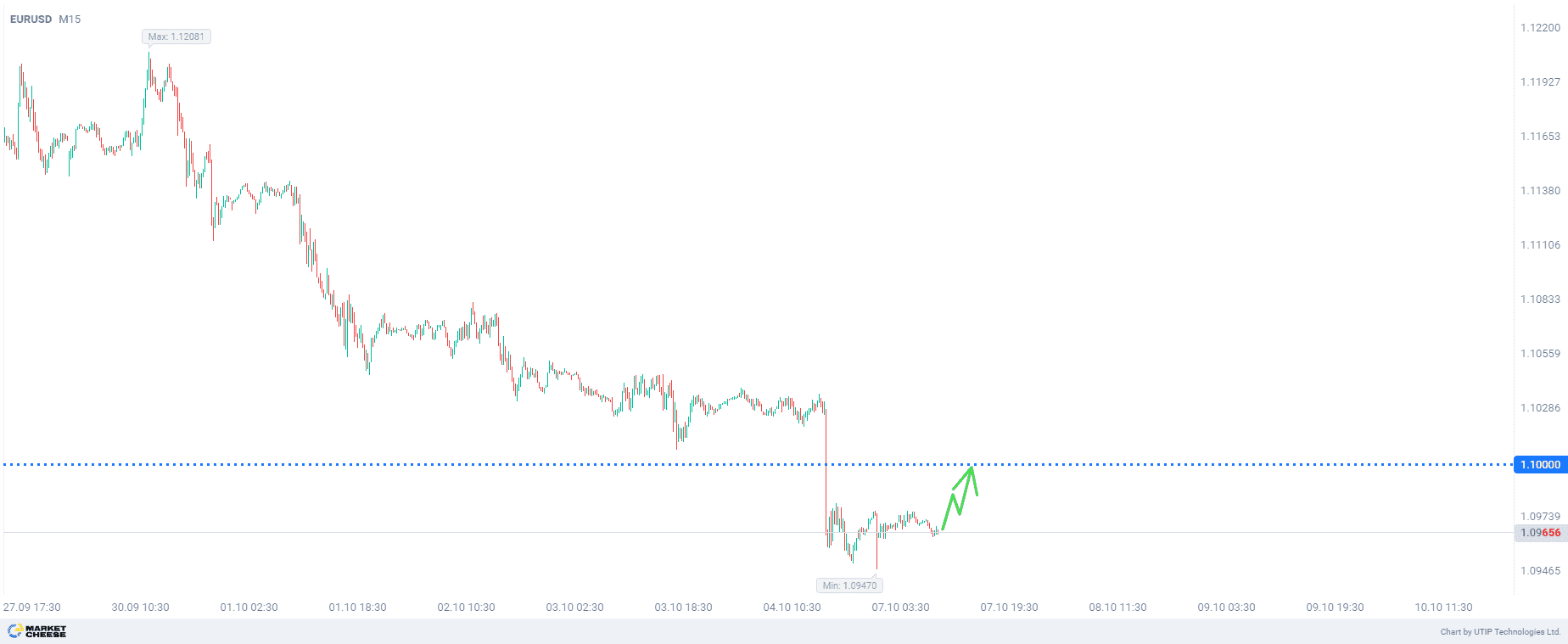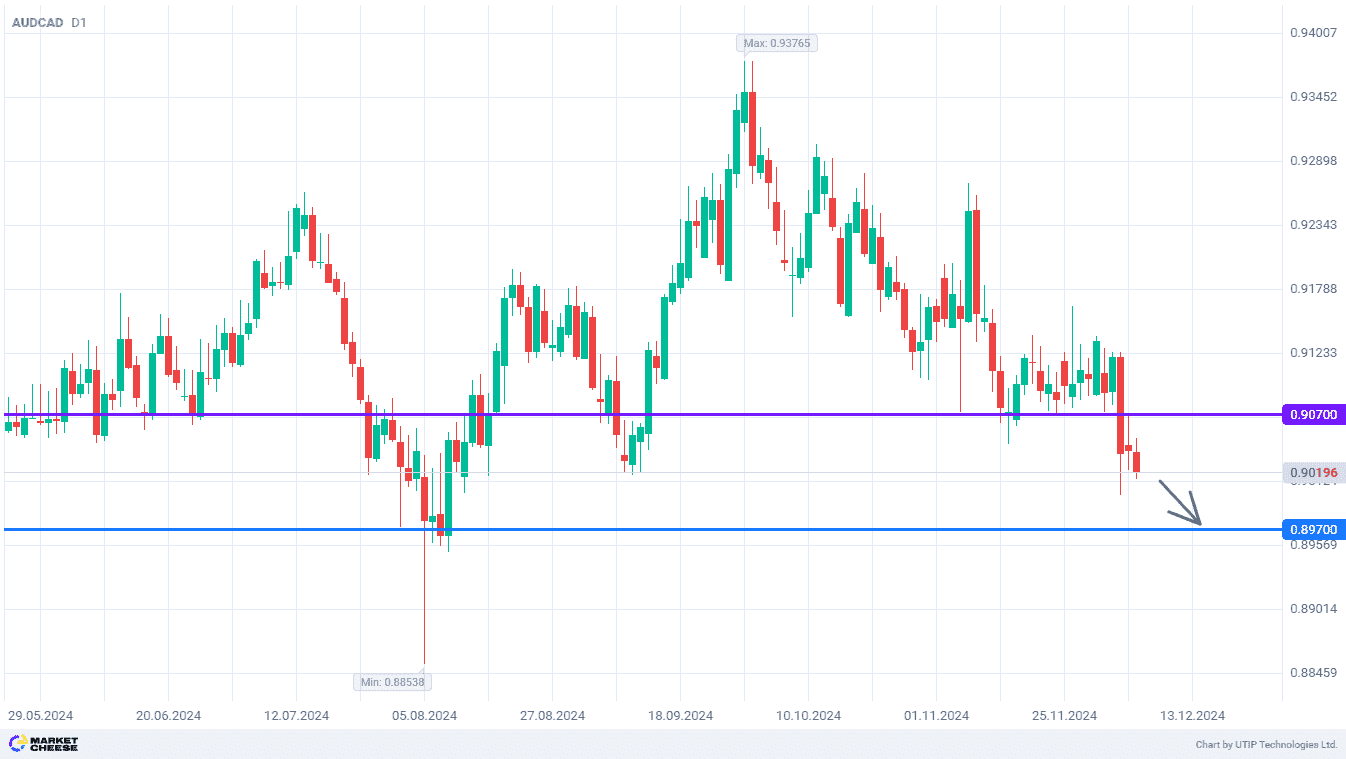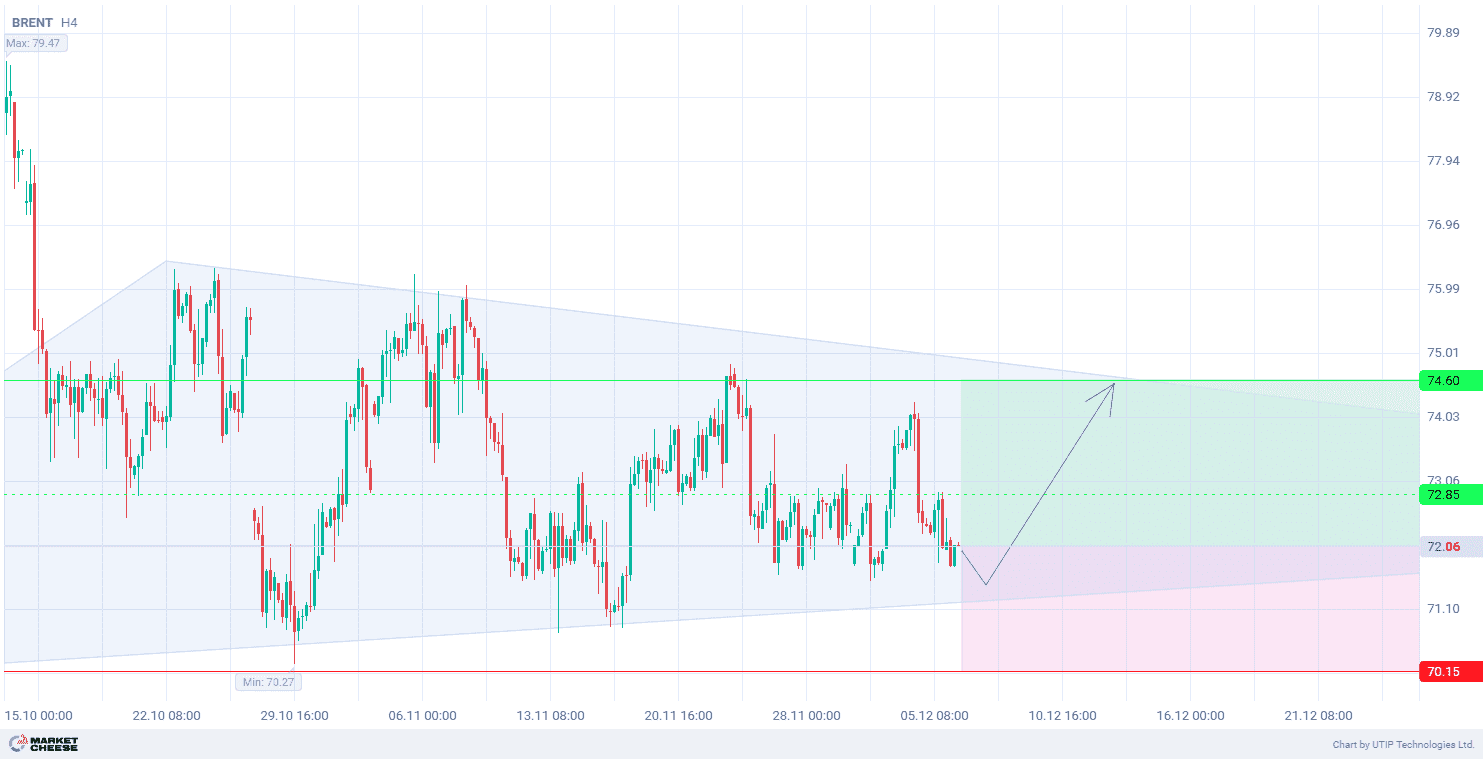Last Friday saw the release of strong data on the US labor market.
On the whole, the figures showed that economic activity in the fourth quarter is likely to remain at a high level.
In September, US job growth was the strongest in six months and the unemployment rate fell to 4.1%, indicating a resilience of the country’s economy that probably won’t need the Federal Reserve to cut interest rates significantly for the rest of this year.
Nonfarm payrolls rose by 254,000 jobs last month, which was the biggest increase since March, the Labor Department’s Bureau of Labor Statistics said. Economists had previously forecast job growth by 140,000 positions after previously announcing a 142,000 increase in August.
In addition to the larger-than-expected increase in nonfarm payrolls reported by the Labor Department on Friday, there was registered a solid pace of wage growth last month. The jobs report also showed that the economy added 72,000 more jobs in July and August than was previously estimated.
This improving economic background was acknowledged by Fed Chairman Jerome Powell this week when he dismissed traders’ expectations of another half-percent rate cut in November. He stated that ‘This is not a committee that feels like it’s in a hurry to cut rates quickly.’ This change of monetary policy strategy will weaken EURUSD in the medium term.
Traders have further reduced the probability of a 50 basis point key rate cut at the November 6-7 Federal Reserve meeting. Now they estimate a mere 8% probability of this move, down from 31% on Friday before the report was released, according to the CME Group’s FedWatch tool.
On such strong news, the EURUSD currency pair broke the support at the level of 1.1000 and went down without retracement of this level, creating technical preconditions that this level will be tested again, this time as a resistance.
The final recommendation is to buy EURUSD.
Profit is taken at the level of 1.1000. The loss is fixed at the level of 1.0940.
The volume of the opened position is chosen in such a way that the value of the possible loss, fixed with a protective stop order, is of no more than 2% of the deposit funds.










